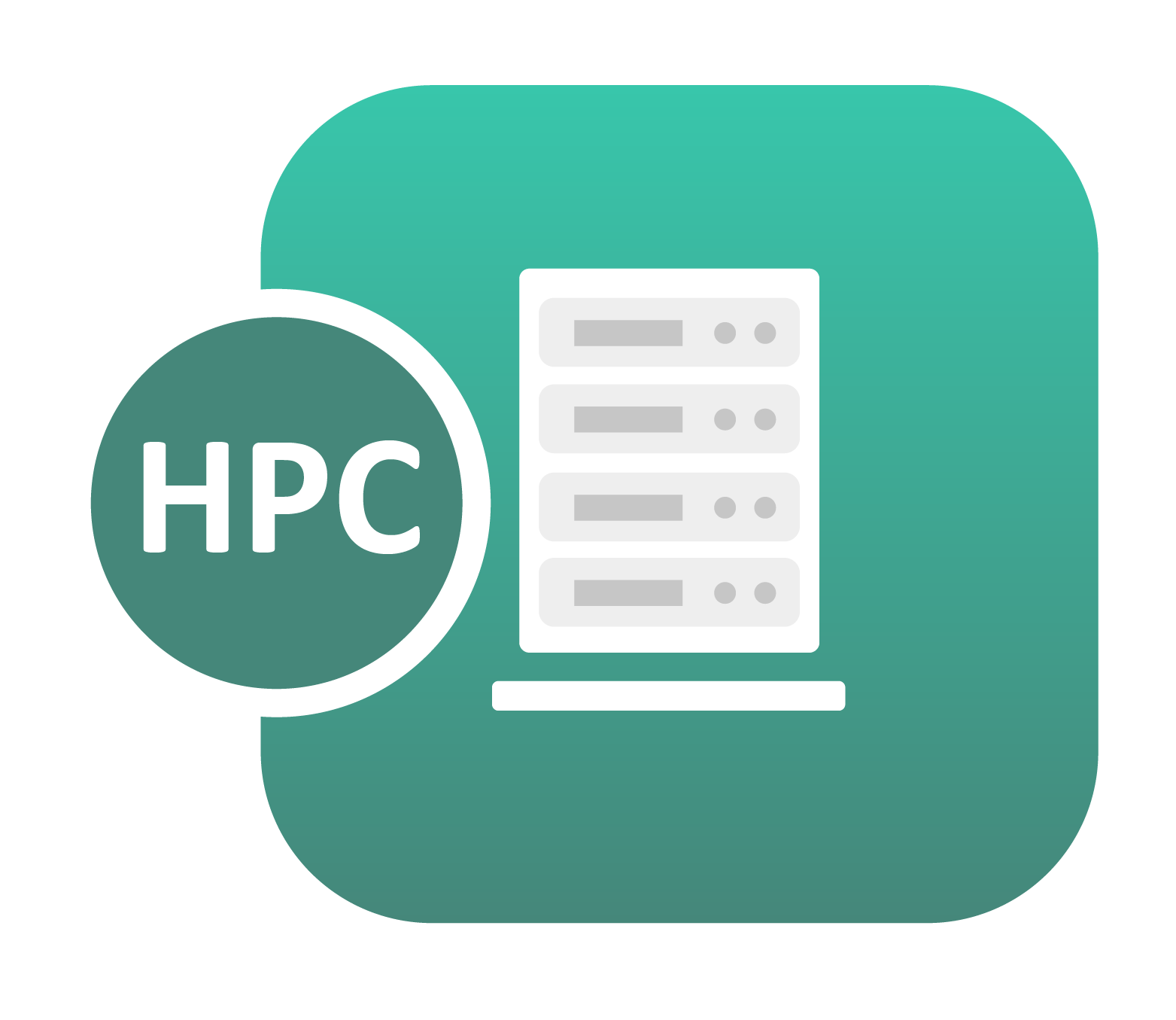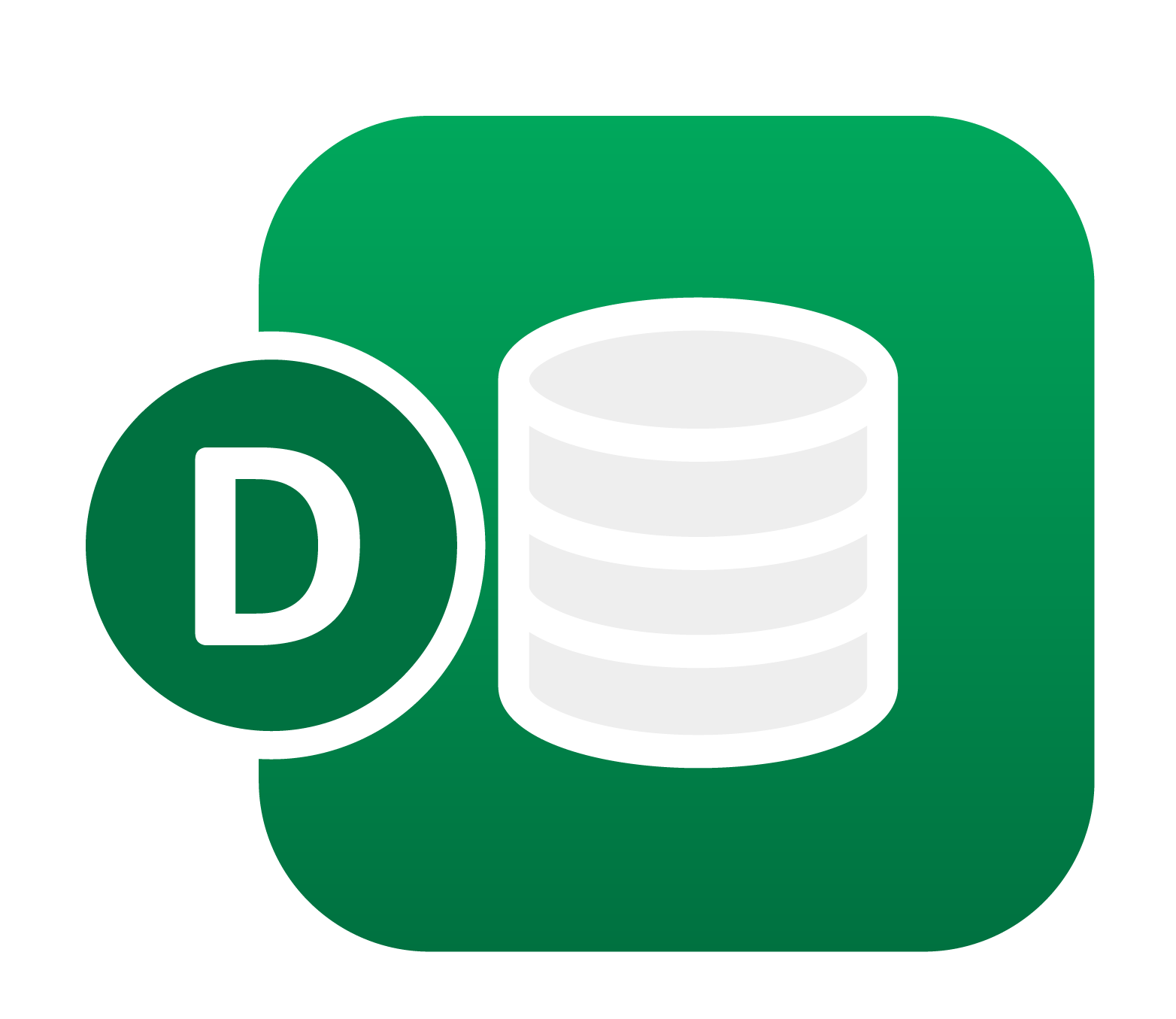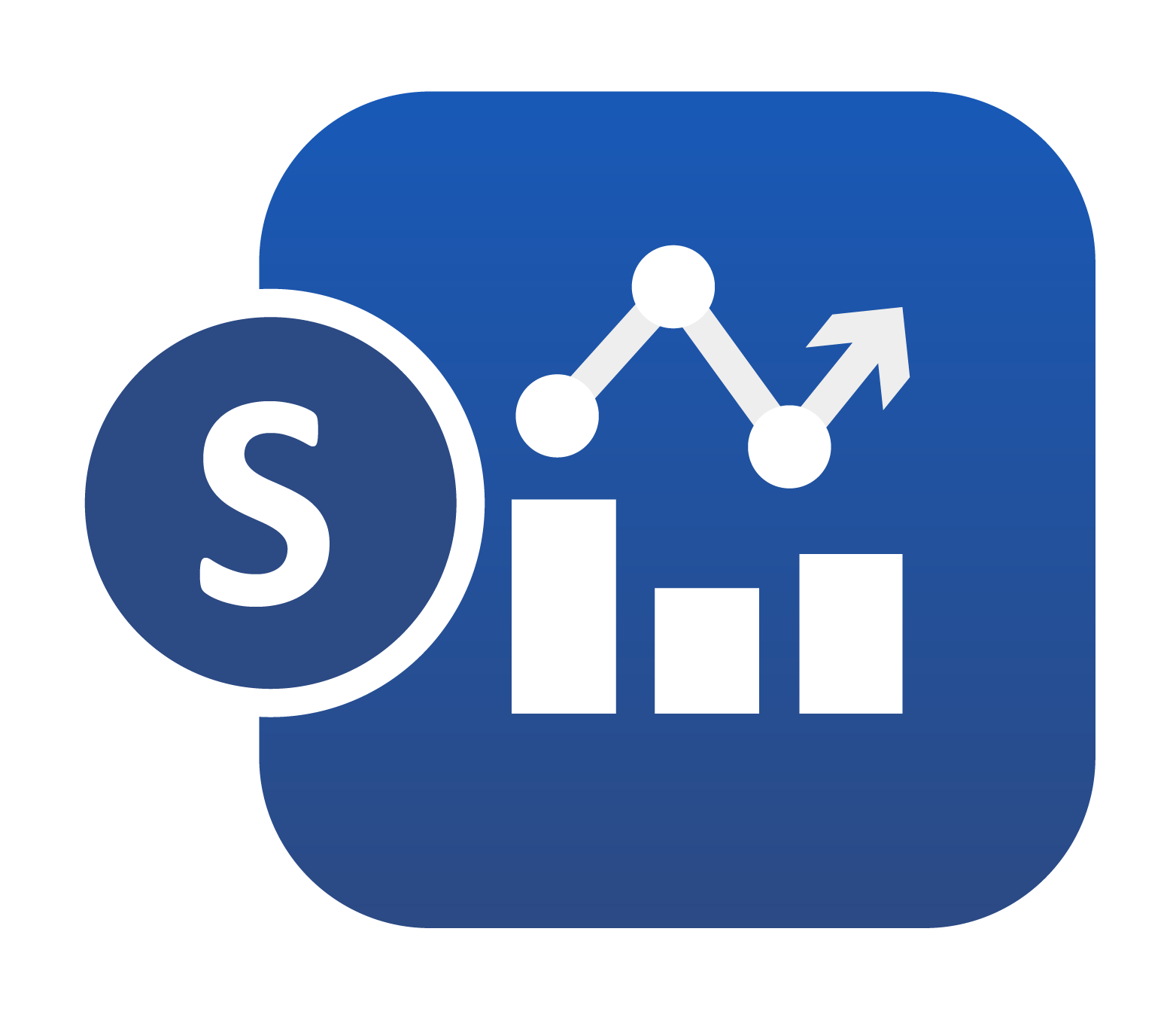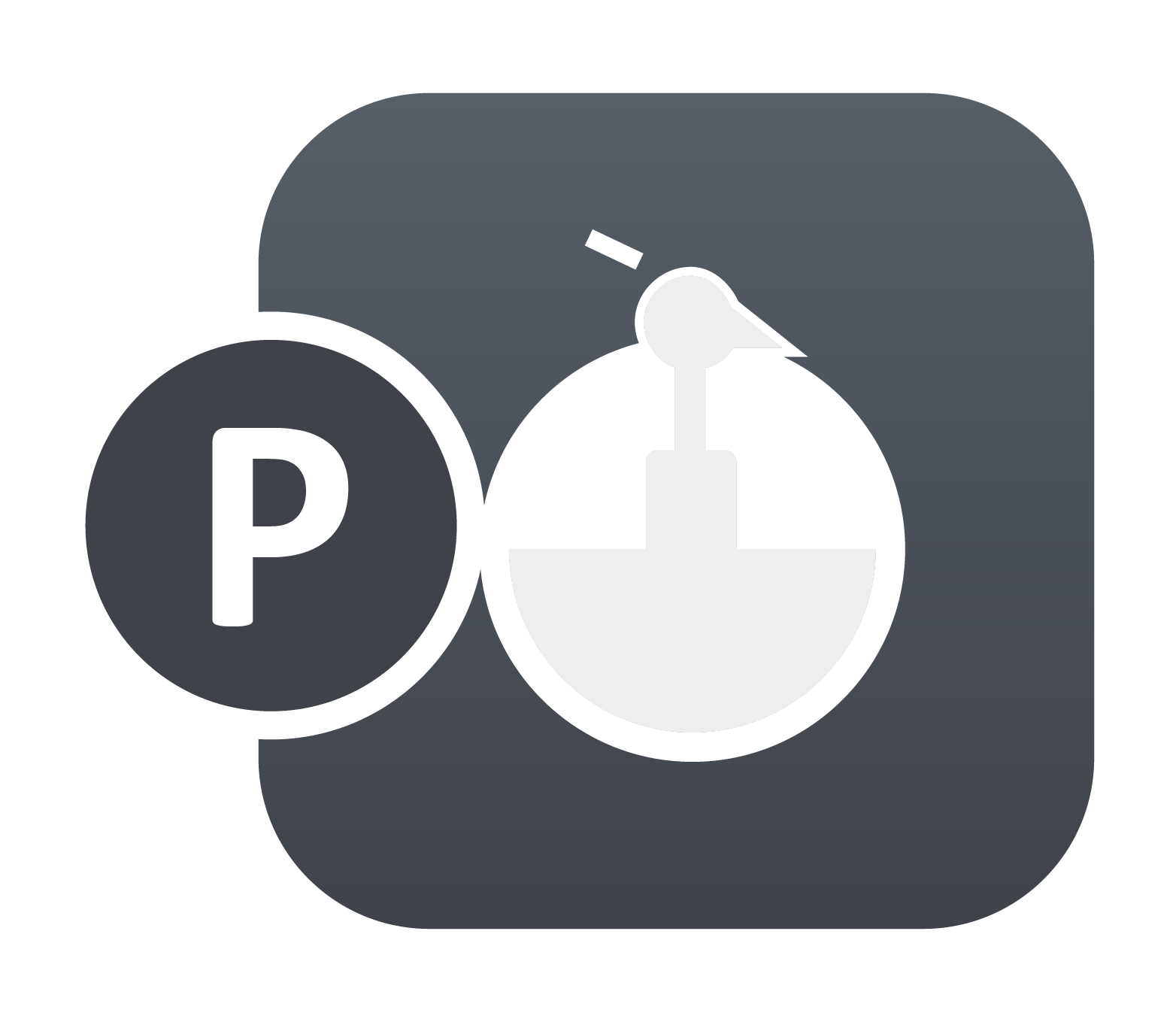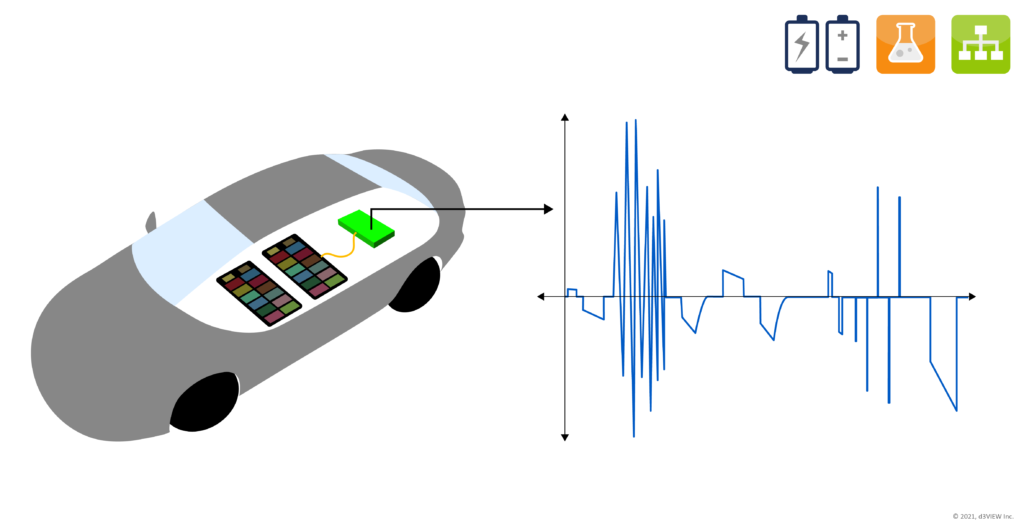Compare curves with Dynamic Time Warping
Given two curves, a baseline and a candidate curve, how do we know how similar they are to each other? In machine learning, it is common to compare the predicted values (candidate curve) of a testing set to the true values (baseline curve) by RMSE (Root Mean Square Error). By comparing RMSE values of different…


